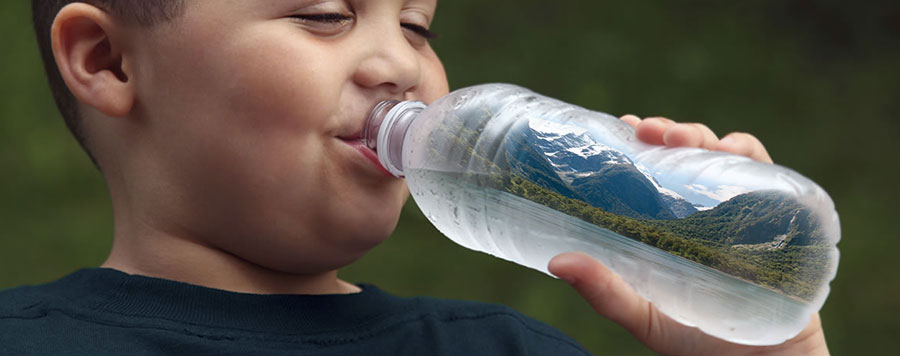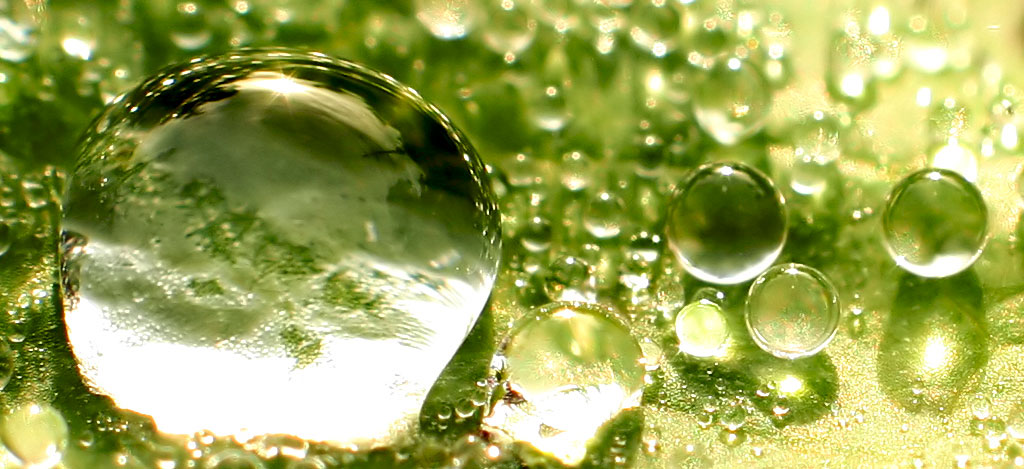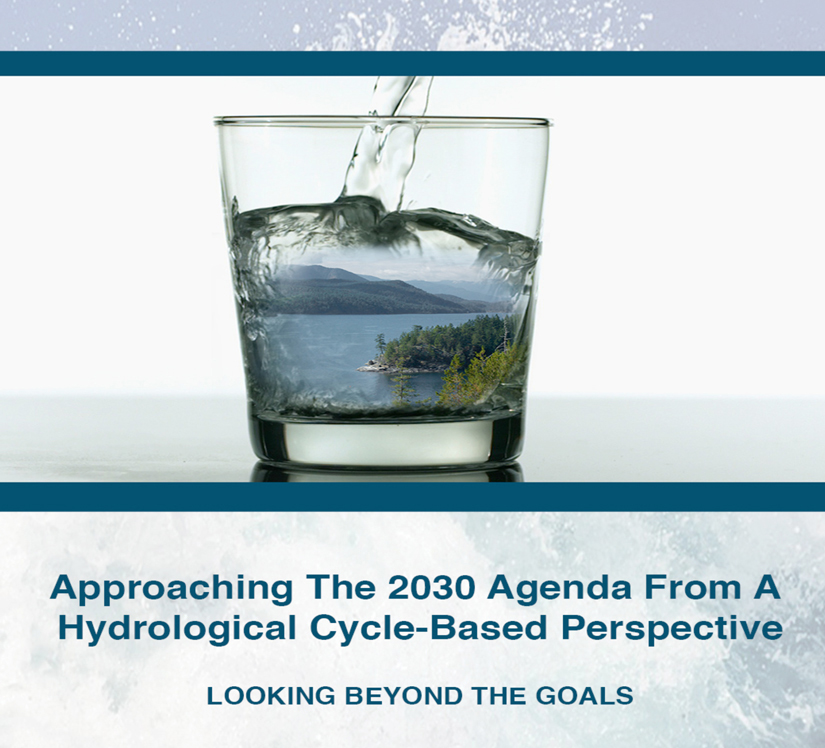
On 1st January 2016, the 17 Sustainable Development Goals (SDG’s) of the 2030 Agenda for Sustainable Development — adopted by world leaders in September 2015 at a UN Summit — officially came into force. The Sustainable Development Goals are an interrelated set of Goals, Indicators and Targets that UN member states are expected to use, to frame their agendas and political policies over the next 15 years. These Goals follow on from the Millennium Development Goals, which were agreed by governments in 2001 and expired at the end of 2015.
It is only in safeguarding the global water cycle and so having adequate quantities of freshwater, that any of these Goals can be realistically achieved.

Considering that the stated aim of these Goals is to bring an end to all forms of poverty, whilst leaving no one behind, it is important that they are established upon common universal foundations. It is clear that they can only be achieved if there is long-term environmental sustainability and this is only possible if the global water cycle continues to function effectively. Therefore in order for there to be any lasting benefit gained from all the work that has gone towards sustainable development since 1992, safeguarding the global water cycle needs to given top priority. One of the significant Targets within the 2015 SDG’s is Target 6.6. This states:
“By 2020, protect and restore water-related ecosystems, including mountains, forests, wetlands, rivers, aquifers and lakes”
Download: UN, Transforming our world: the 2030 Agenda for Sustainable Development.pdf
We have created a document, which provides a potential framework for implementing this wide range of Sustainable Development Goals and Targets. It explains the clear link between the availability of fresh water and how it underpins the potential for achieving each Goal. It outlines the interconnectivity between the Goals and aims to make the task of achieving them more viable. View Full Paper by clicking on the image below:
On March 22, 2012, the US National Intelligence Council released the unclassified report, ‘The Intelligence Community Assessment on Global Water Security’. Findings in the report reinforce the view that water is not just a human health issue, not just an economic development or environmental issue, but a peace and security issue and is central to National and International security.
The essential and central role of ecosystems in achieving water security has been emphasised on numerous occasions and needs to be acted upon
“Ensuring that ecosystems are protected and conserved is central to achieving water security – both for people and for nature. Ecosystems are vital to sustaining the quantity and quality of water available within a watershed, on which both nature and people rely.”
Recognising that achieving fresh water security is central to national and international security, it should therefore be included as a crucial element within any long-term global defense strategies. This needs to include protecting and restoring the ecosystems, which are essential for rebalancing and maintaining the entire global water cycle.
Therefore at least 1% of the annual defence budget of all countries, within the U.N, should be allocated for achieving water security.
In 2016 we created a Report that further elaborates upon this subject and which provides a method/plan of action for implementing Target 6.6. This has been accepted as a model for climate adaptation by the UNFCCC and can be found on their website. We hope that you find this Document informative and that you Share it.

